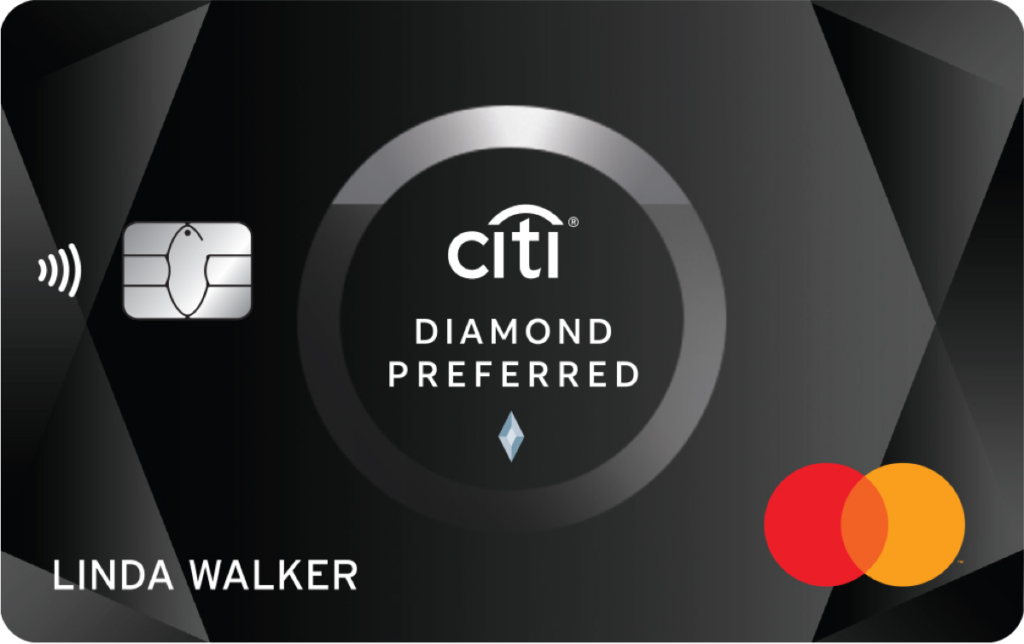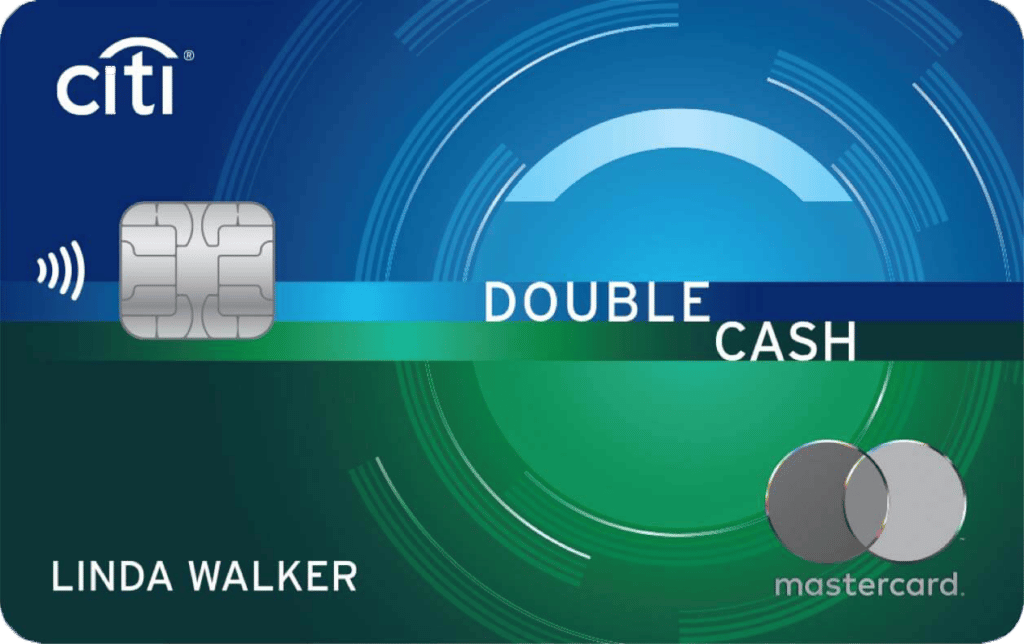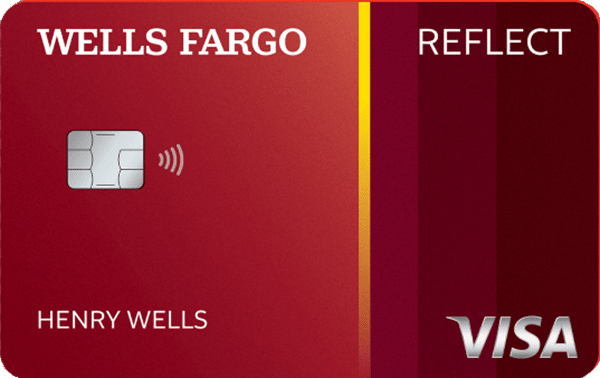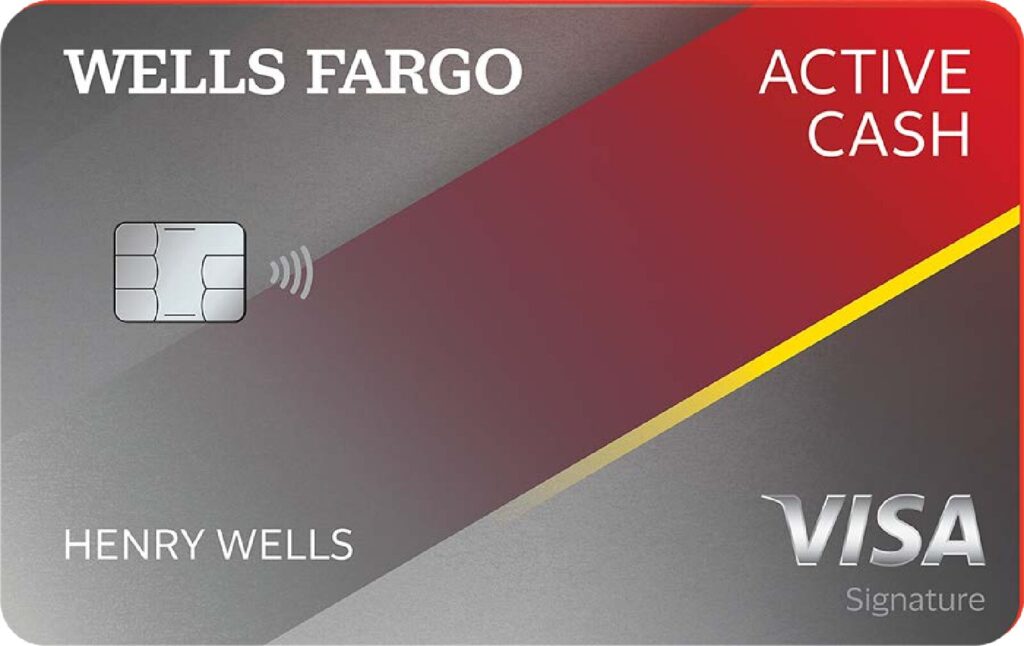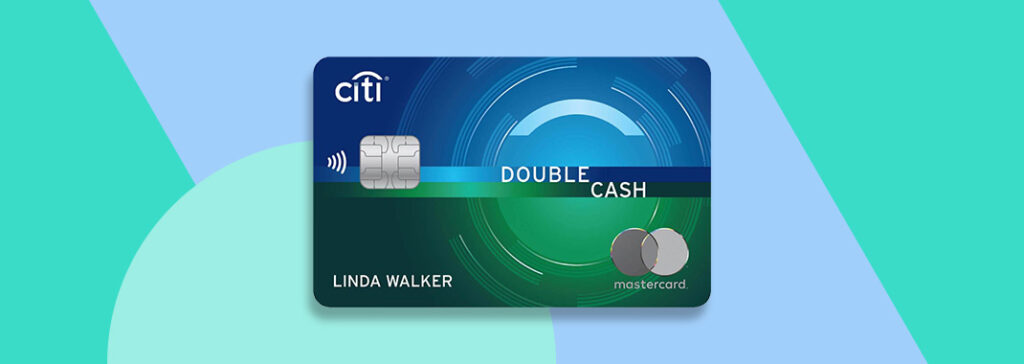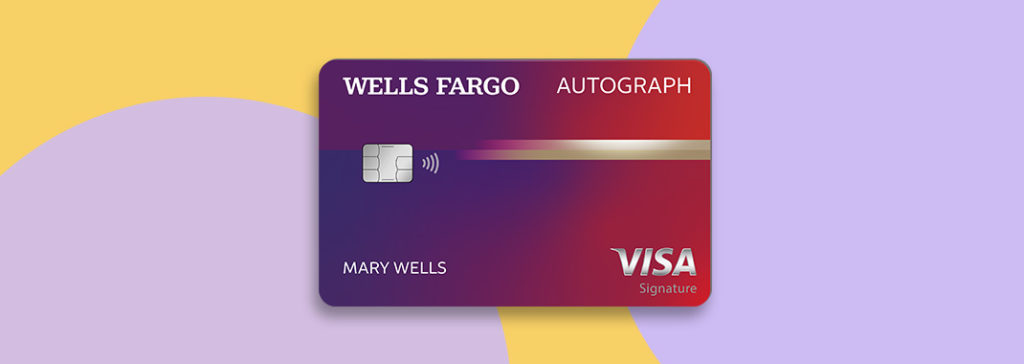Most products on this page are from partners who may compensate us. This may influence which products we write about and where and how they appear on the page. However, opinions expressed here are the author's alone, not those of any bank, credit card issuer, airline or hotel chain. Non-Monetized. The information related to Chase credit cards was collected by Slickdeals and has not been reviewed or provided by the issuer of these products. Product details may vary. Please see issuer website for current information. Slickdeals does not receive commission for these products/cards.
The smartest way to manage your credit card accounts is to never charge more money than you can afford to pay off in a given month. This approach gives you the best shot of earning good credit. Paying your credit card off each month can also help you avoid expensive interest fees.
But knowing the right thing to do won't always stop you from making a financial mistake. Sometimes, even though you know it's a bad idea, you may find yourself buried under a pile of credit card debt.
The stressful situation described above is one I have experienced. The good news is that I was able to get out of credit card debt. And, believe it or not, I used another credit card—a balance transfer credit card—to bounce back from my mistakes.
My Credit Card Debt Confession
Hello. My name is Michelle. And I have made some bad choices with money.
Racking up credit card debt is a mistake that I have made before—more than once. As a credit expert, I'd love to say that I have a perfect track record of avoiding credit card debt. After all, I'm well aware of the havoc credit card debt can wreak upon people's lives and bank accounts.
But the truth is that I am far from perfect. Even financial professionals can mess up when it comes to money management.
In my 20s, I leaned on credit cards heavily when my previous business suffered a severe financial downturn during the 2008 recession. At the time, my income as well as my husband's earnings decreased by a painful 50%.
The bigger problem, however, was that when finances got tight, we didn't adjust our spending habits right away. This combination of less income and overspending led to a lot of credit card debt—$14,000 to be precise.
I wish I could say that was the only time my husband and I struggled with credit card debt. But the two of us repeated the same mistake around five years later. Once again, we ran up thousands of dollars in credit card debt and wasted money on interest in the process.
Turning Things Around
Spoiler alert: Our story has a happy ending. Although I was angry with myself for making these financial mistakes, I also knew what we needed to do to fix our problem.
Our plan:
- Stick to a budget.
- Stop overspending.
- Cut expenses.
- Generate extra income through side hustles.
- Put all extra funds toward debt elimination.
- Consolidate debt to save money in interest and speed up the debt-payoff process.
The concept of the plan was easy to understand. Following through was the uncomfortable part. (No one likes spending cuts.) Yet uncomfortable or not, adjusting our lifestyle and spending habits to eliminate debt was worth it in the end.
How Balance Transfer Cards Saved Us Twice
Both of the times that my husband and I ran up our credit card balances, we used a balance transfer credit card offer to help eliminate the debt.
Here's an overview of how the balance transfer process worked the first time we used this approach.
Step one: I opened a new credit card to consolidate our existing credit card debt. The card we opened is no longer available. But it had an offer for 0% introductory APR for the first 21 billing cycles on purchases and balance transfers. See what balance transfer offers are available now.
Step two: Next, I called the card issuer to initiate the balance transfers. We wanted to transfer about $14,000 to the new credit card. The account featured a 2% balance transfer fee. So, it cost around $280 to move our debt.
At the time, we'd been paying more than $150 per month in interest fees. The balance transfer fee was well worth the cost knowing that we would avoid monthly interest charges for the next year.
Step three: Between spending cuts, extra money that we earned and the interest fees we avoided with the 0% balance transfer offer, my husband and I paid off that $14,000 mountain of credit card debt in just 11 months. (I can still remember the huge sigh of relief I let out when I made that final payment.)
Recommended Balance Transfer Credit Cards
| Credit Card | Intro APR | APR | Rewards Rate | Learn More |
|---|---|---|---|---|
|
|
0% for 21 months on balance transfers and 12 months on purchases
0% Intro APR on balance transfers for 21 months and on purchases for 12 months from date of account opening. After that the variable APR will be 16.49% - 27.24%, based on your creditworthiness. Balance transfers must be completed within 4 months of account opening. |
16.49% - 27.24% (Variable) | N/A |
Apply Now Rates & Fees |
|
|
0% for 18 months on Balance Transfers
Balance Transfer Only Offer: 0% intro APR on Balance Transfers for 18 months. After that, the variable APR will be 17.49% - 27.49%, based on your creditworthiness. |
17.49% - 27.49% (Variable) |
2%Cashback
Earn 2% on every purchase with unlimited 1% cash back when you buy, plus an additional 1% as you pay for those purchases. To earn cash back, pay at least the minimum due on time. Plus, earn 5% total cash back on hotel, car rentals and attractions booked with Citi Travel. |
Apply Now Rates & Fees |
|
|
0% intro APR for 21 months
0% intro APR for 21 months from account opening on purchases and qualifying balance transfers. 17.49%, 23.99%, or 28.24% variable APR thereafter; balance transfers made within 120 days qualify for the intro rate, BT fee of 5%, min: $5. |
17.49%, 23.99%, or 28.24% (Variable) | N/A |
Apply Now Rates and Fees |
|
|
0% intro APR for 12 months
0% intro APR for 12 months from account opening on purchases and qualifying balance transfers. 18.49%, 24.49%, or 28.49% variable APR thereafter; balance transfers made within 120 days qualify for the intro rate and fee of 3% then a BT fee of up to 5%, min: $5. |
18.49%, 24.49%, or 28.49% (Variable) |
2%Cashback
Earn unlimited 2% cash rewards on purchases. |
Apply Now Rates & Fees |
A Balance Transfer Saved Us Over $1,200 in Interest Fees
The first time we used a balance transfer credit card to get out of debt, we saved more than $1,200 in interest fees thanks to our new account. Although I didn't keep a record of the exact numbers, below is a close approximation to break down our savings:
- Beginning credit card balances: $14,000
- Balance transfer fee: $280
- Beginning balance on new balance transfer Card: $14,280 ($14,000 + $280)
- Estimated savings from 0% APR promo: $1,220 ($150 interest fees X 10 months = $1,500 – $280 balance transfer fee)
Finding Your Own Balance Transfer Offer
Interested in using a balance transfer to help pay off your own credit card debt? Here are some rules you should follow to make this strategy a success:
- Check your credit before you apply. You'll need good credit to qualify for most balance transfer credit card offers. If you discover mistakes on your credit reports, be sure to dispute them with the appropriate credit reporting agencies.
- Shop around for a good offer. This list of the best balance transfer credit cards is a great place to start your search. When comparing offers:
- Look for 0% introductory APR. That's more attractive than a low-rate option.
- Pay attention to how long the promotional APR lasts. A longer introductory APR period is better.
- Note the balance transfer fee. Many card issuers charge balance transfer fees of 5% (and sometimes more). But you may be able to find a 3% or lower option instead.
- Stop overspending. The last thing you want to do is open a new balance transfer credit card, move your debt to the account and then charge up balances on your original credit cards again. If you don't break the overspending habit, the balance transfer method could hurt you instead of help you.
- Pay down your debt aggressively. If you qualify for a balance transfer card, your promotional APR has an expiration date. It's best to pay off all of your credit card debt during that low-rate or interest-free window of time if you can. Paying off your full balance before the introductory period ends saves you the most money.


